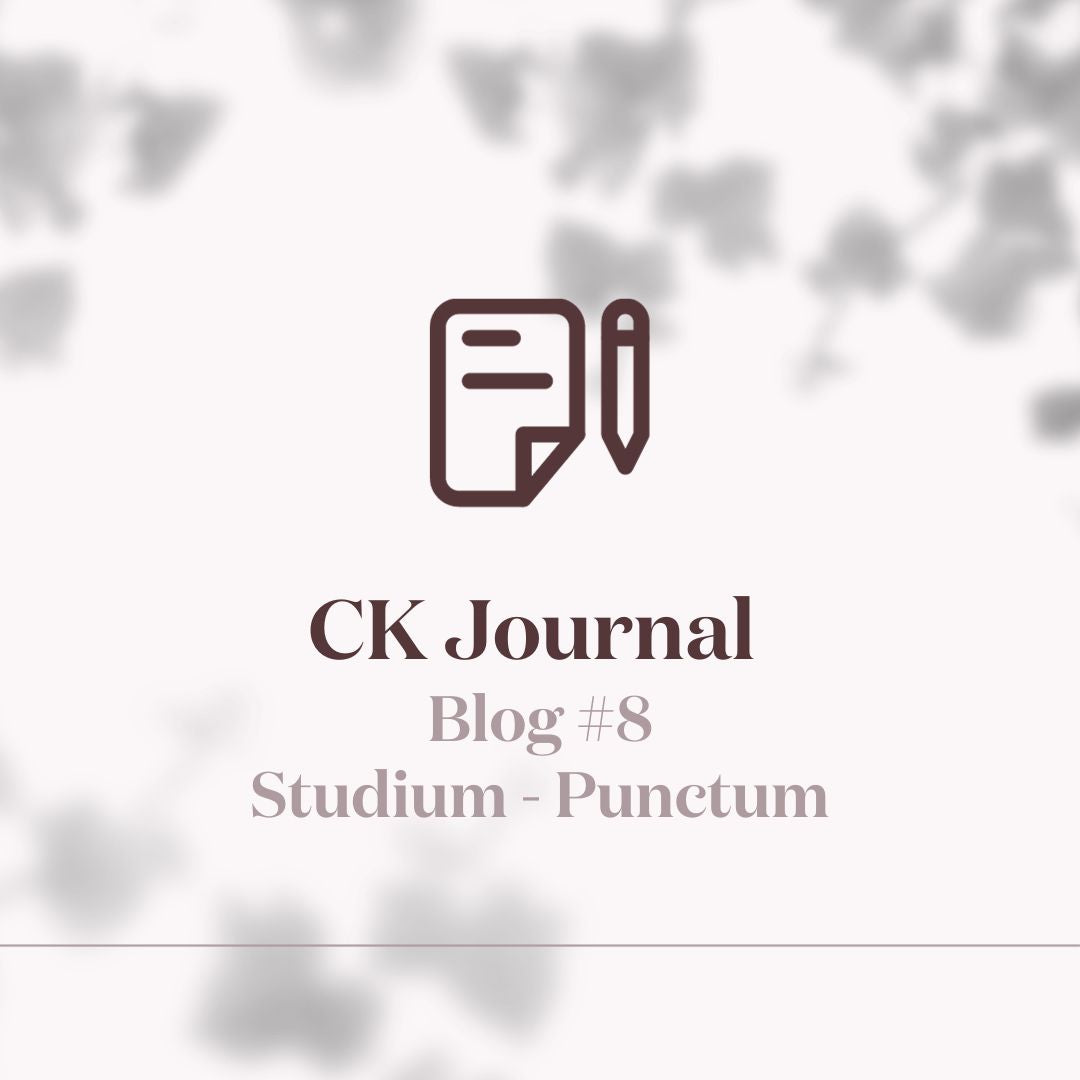- Situation - end of October + discovery
- 50% drop in traffic
- What are Google algorithm updates?
- How can we check the impact on the Creative Kits website?
- What are the next steps?
Situation - end of October
First of all, let's go back to October 2022. It was a hectic month for Creative Kits, as we experienced technical problems with our website. We were unable to make any sales and it was frustrating. After trying to resolve the issues for a fortnight, I decided to hire a Shopify expert, DIT solutions, who provided us with the highest rated service. The team solved our problems efficiently and quickly.
50% drop in traffic
In the meantime, despite all the problems, I did not make any sales. I didn't panic, blaming it on the technical problems we encountered.
Thinking that Black Friday and Cyber Monday would allow us to recoup our losses, we were surprised to have no sales. Upon investigation, we discovered a 50% drop in traffic to our website.
What is the cause of this drop? Was the Creative Kits website affected by a Google algorithm update?
What are Google algorithm updates?
For those who don't know, Google Algorithm Updates are changes made to Google's search algorithm, which determines how web pages are ranked in search engine results pages (SERPs). Google implements these updates to improve the quality, relevance and accuracy of search results for users. In 2022 alone, Google made ten updates.

You can find the history of all Google updates here.
The impact of algorithm updates can vary considerably. Some updates can have a minor impact, while others can significantly affect website rankings and traffic. Websites that align with the new ranking factors and guidelines tend to benefit from algorithm updates, while those that do not align with the new ranking factors may see their rankings drop.
Algorithm updates are measured by changes in website rankings, organic search traffic and user engagement metrics. Webmasters and SEO professionals closely monitor their website's performance before and after an update to assess the impact. Tracking tools and analytics platforms provide data on keyword rankings, organic search traffic, click-through rates (CTR) and other metrics to assess the effect of an update.
Google implements algorithm updates for several reasons:
Relevance: Google aims to provide users with the most relevant and useful search results. Updates refine the algorithm to better understand search queries and provide more accurate results.
User experience: Google wants to improve the user experience by ensuring that websites that appear at the top of search results offer high-quality content, fast load times, mobile-friendliness and a good overall user experience.
Spam prevention: Algorithm updates target websites that use manipulative or spammy techniques to achieve higher rankings. These updates penalise these websites, improving the overall quality and fairness of search results.
Emerging trends and technologies: As technology evolves and new trends emerge, Google updates its algorithm to accommodate these changes. For example, updates have been made to accommodate voice search, mobile optimisation and the rise of video content.
It is important to note that Google does not disclose all details of its algorithm updates. It often provides general guidelines and recommendations, but the exact details and specific ranking factors are not disclosed. This prevents manipulation and ensures that websites focus on providing valuable content and a positive user experience rather than chasing algorithm updates.
How can we check the impact on the Creative Kits website?
To assess the effects of Google's algorithm update, we combined a variety of tools and metrics[1], including Google Analytics and Google Search Console, which are free and provide a nice overview. We found notable changes in traffic volume when comparing the periods before and after the updates.
Google Analytics
Organic Search Traffic: Go to "Acquisition" > "All Traffic" > "Channels" and select "Organic Search" from the drop down menu. You can see the traffic patterns to your website from the results that are given. When we compare the periods before and after the algorithm update, we can see noticeable variations in the volume of traffic as a whole.
It is obvious that something has had an impact on organic search when comparing the results from one month to the next. Comparing the 2 periods from September 1, 2022 to September 30, 2022 (blue line) and October 1, 2022 to October 31, 2022 (orange line), we could see a profound difference of -32% between the 2 periods. Then, comparing the months of October and November, we discover an increase in Google search of +43%. The following months were marked by a further drop: -34%.
Let's look at the other reports to verify the change.
Landing Pages: In Google Analytics, under "Behaviour" > "Site Content", I check the figures for "Landing Pages". This report shows which pages of the website users landed on when they arrived via an organic search.
From September to October, there were 8.39% fewer sessions. An increase in the positive number was achieved from October to November, reaching 14.62%. As a reminder, a session contains usage information such as the number of screen views for recall.
The following month, the decrease was -43%.
Traffic sources: Under "Acquisition" > "All Traffic" > "Source/Medium", you can see the sources that generate traffic to the website. In the source "google/organic", which represents the organic search traffic from Google, we can find the same fluctuations:
- September vs. October: - 34,48
- October vs. November: +131%.
- November vs December: -29,55%
Google Search Console
Another way to check the impact and progress of Google's algorithm updates on your website is to check the website's Google Search Console. This powerful tool provides valuable information about your website's search performance and helps you understand how algorithm updates are affecting your online presence.
Within the platform, the following areas will provide valuable information:
Performance: Access the 'Performance' section to view data on your website's search performance. Analyse metrics such as impressions, clicks, CTR and average position. Compare the periods before and after the update to identify any significant changes in visibility and user engagement.
Queries: In the "Performance" section, click on the "Queries" tab to see the specific search queries users are using to find your website. Look for any noticeable changes in impressions, clicks or average position for specific keywords after the algorithm update.
Pages: In the "Performance" section, click on the "Pages" tab to see how specific pages on your website are performing in searches. Monitor the evolution of impressions, clicks and CTRs for important pages to understand their impact on visibility and user engagement after the update.
Of course, both Google Analytics and Google Search Console need to be configured. In the case of Creative Kits, Google Search Console was not implemented until early March 2023. Unfortunately, therefore, I do not have any data prior to this month.
The good thing is that Google Analytics and Google Search Console offer different filters, date range comparisons and segmentation options to help you drill down into the data and analyse the impact of the algorithm update on the different dimensions of your website's performance.
What to do next?
Algorithm updates can have a widespread effect on several websites, and it is sometimes difficult to attribute changes solely to a specific update. However, using different tools and metrics can help us to get an overview of the impact on our website.
By harnessing the power of Google Analytics (and, where possible, Google Search Console), you can get a full understanding of the impact of the algorithm update on your website's performance. But remember that having these tools in place is essential, so make sure they are in place to access accurate and relevant data. In the case of Creative-Kits, Google Search Console was not implemented until March 2023, which is why there is no data to present.
Now that we have this information, what can we do to recover from Google's algorithm updates?
During the period studied, creative kits remained in standby mode. There were no or very few new product launches, no social media promotions, no email blasts, etc. Although promotional activities were also reduced, traffic continued to flow.
Given the variation in numbers between September and October, November and December, it cannot be denied that something happened when analysing the data provided by Google Analytics. This suggests the effects of the Google algorithm update that was introduced in the last quarter of 2022.
Going through my emails, I come across an email sent by Google Merchant in December. The email warns me that they are suspending promotion of the site in their free listings.
What is this?
I'll see you in the next blog post, where I'll explain what Google Merchant is and the decision that was suddenly made. The adventure continues!
[1] Here are some commonly used tools and methods:
In addition to Google Analytics and Google Search Console, you can use:
Ranking tracking tools: Various tools, such as SEMrush, Ahrefs or Moz, offer ranking tracking features. These tools allow you to monitor your website's keyword rankings over time. By comparing rankings before and after an algorithm update, you can identify any significant fluctuations and determine the impact on your website's visibility.
Webmaster forums and communities: Participating in webmaster forums, SEO communities and industry-specific discussion groups can provide valuable information. Discussions often revolve around algorithm updates and their impact on different websites. Sharing experiences and observations with peers can help you gather information about the impact of updates on different websites.
Algorithm tracking websites: Several online platforms, such as Moz's MozCast, Search Engine Land or Search Engine Roundtable, track and report on algorithm updates. These sites provide information and analysis on recent updates, allowing you to better understand the impact on the sector.





